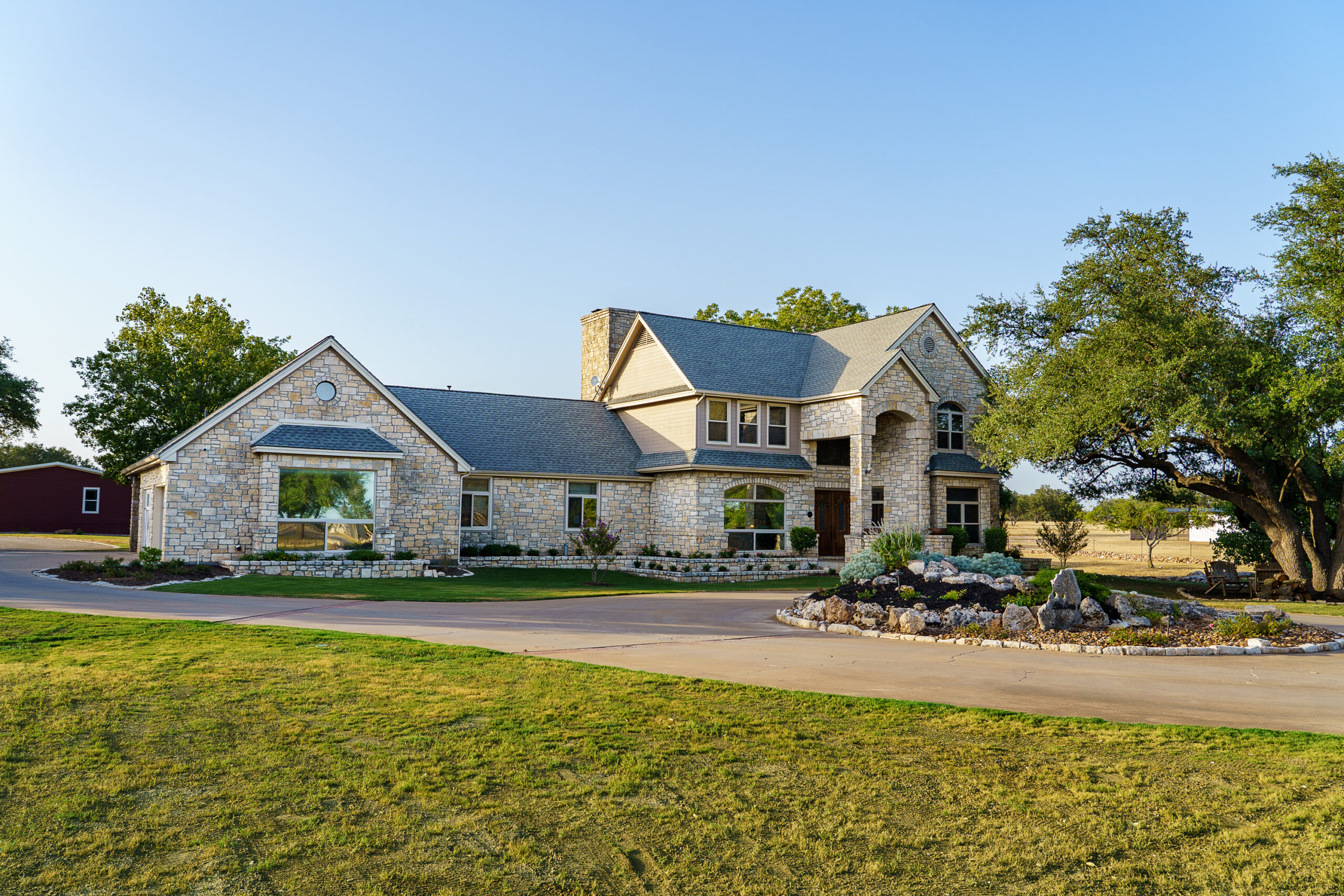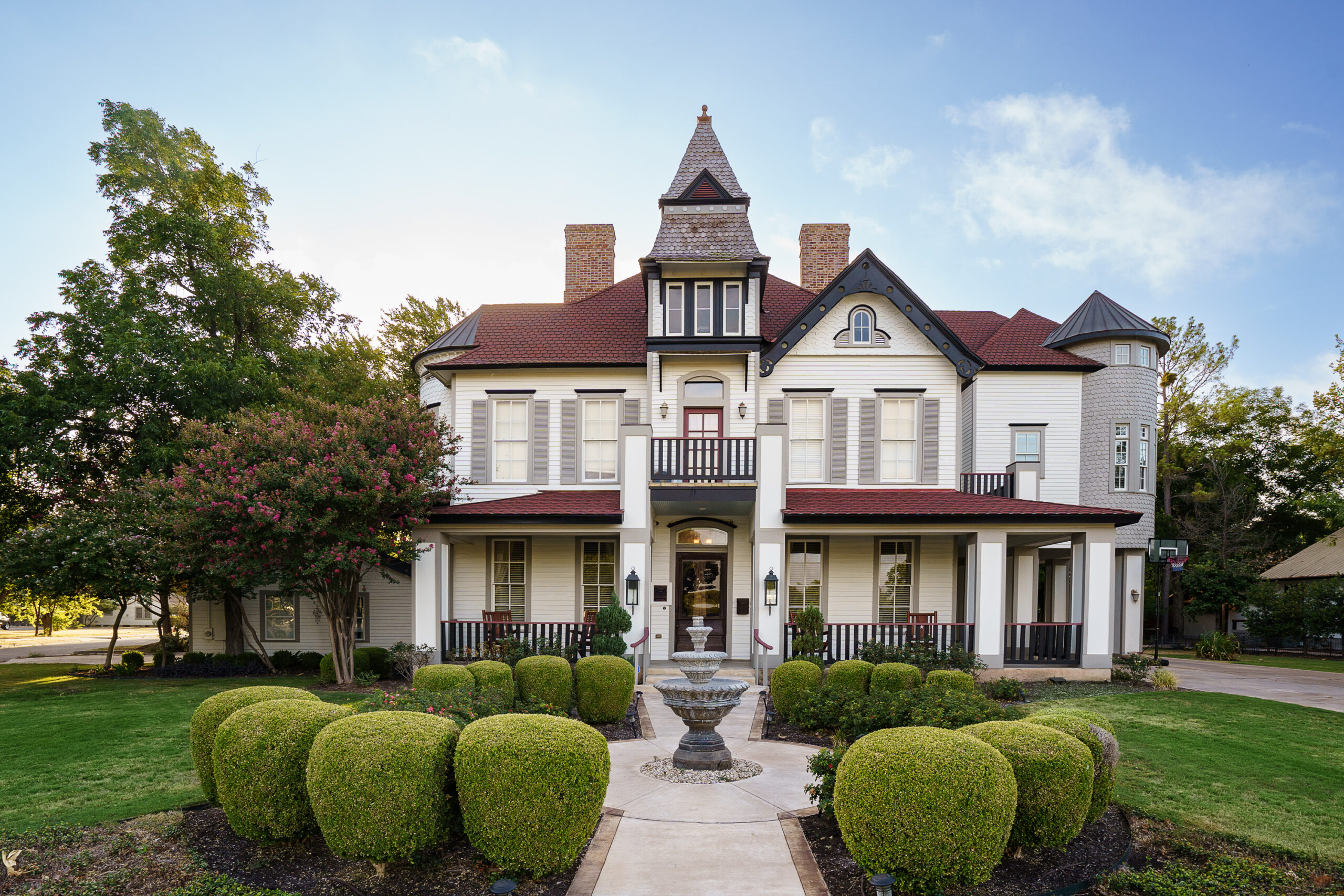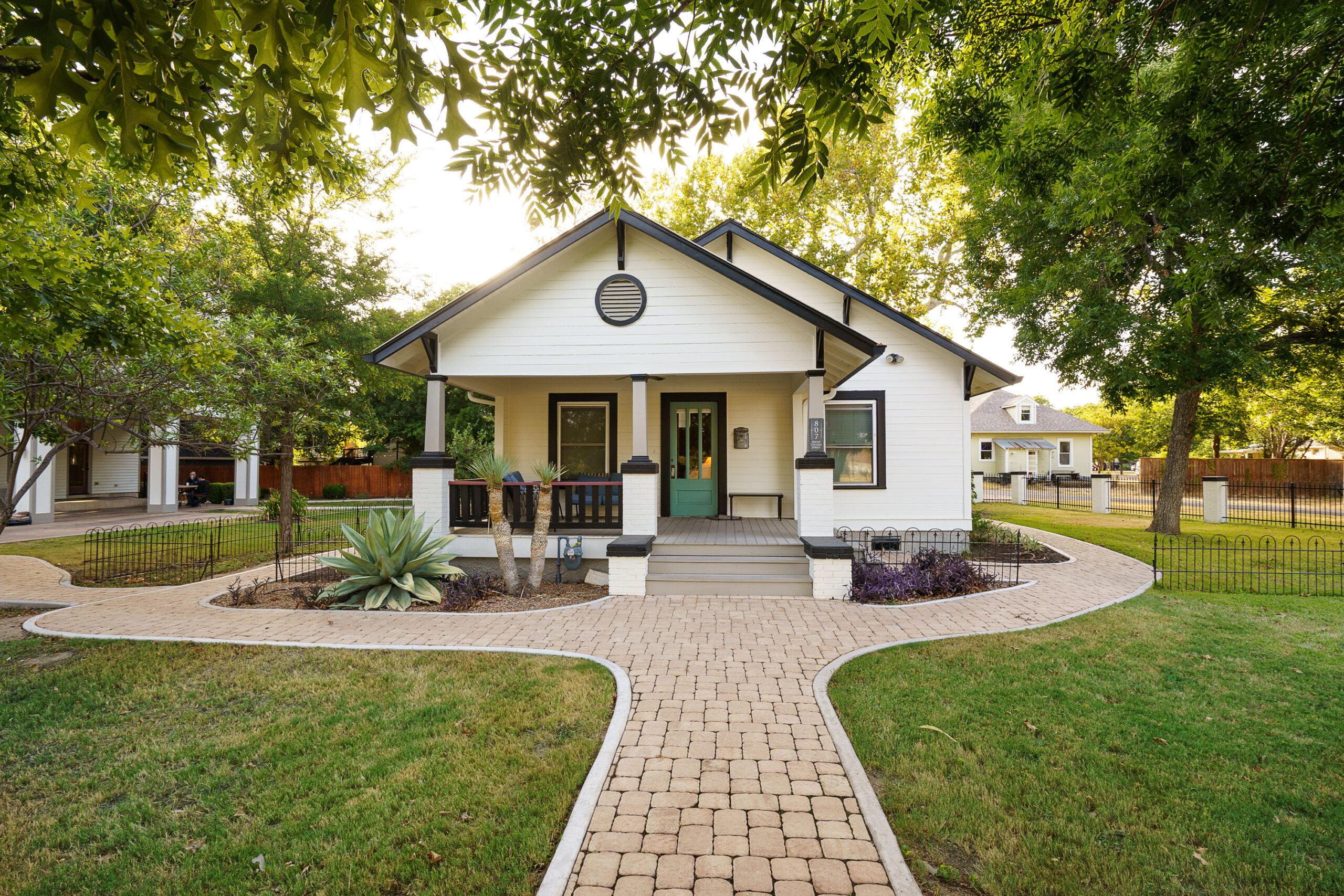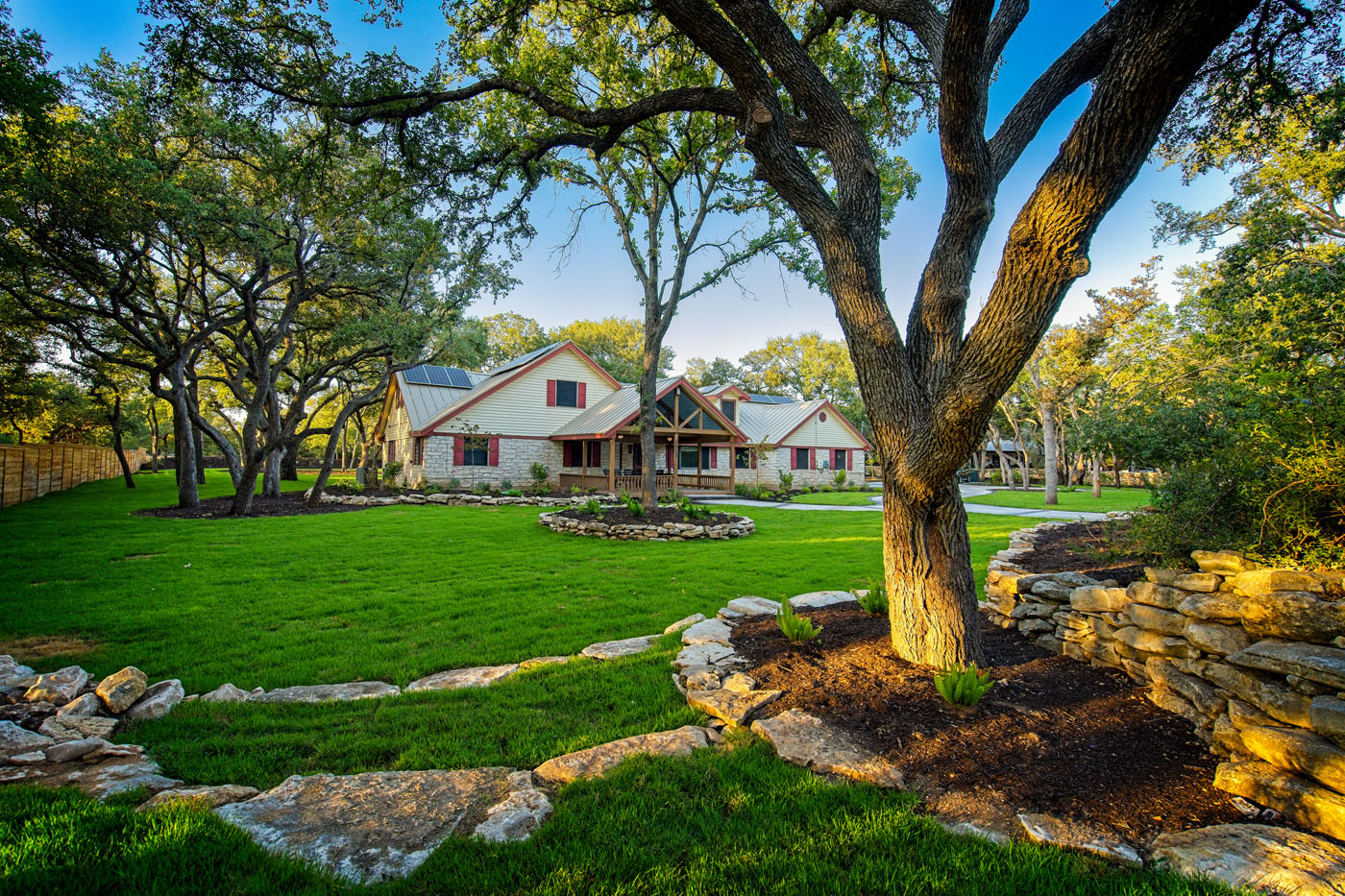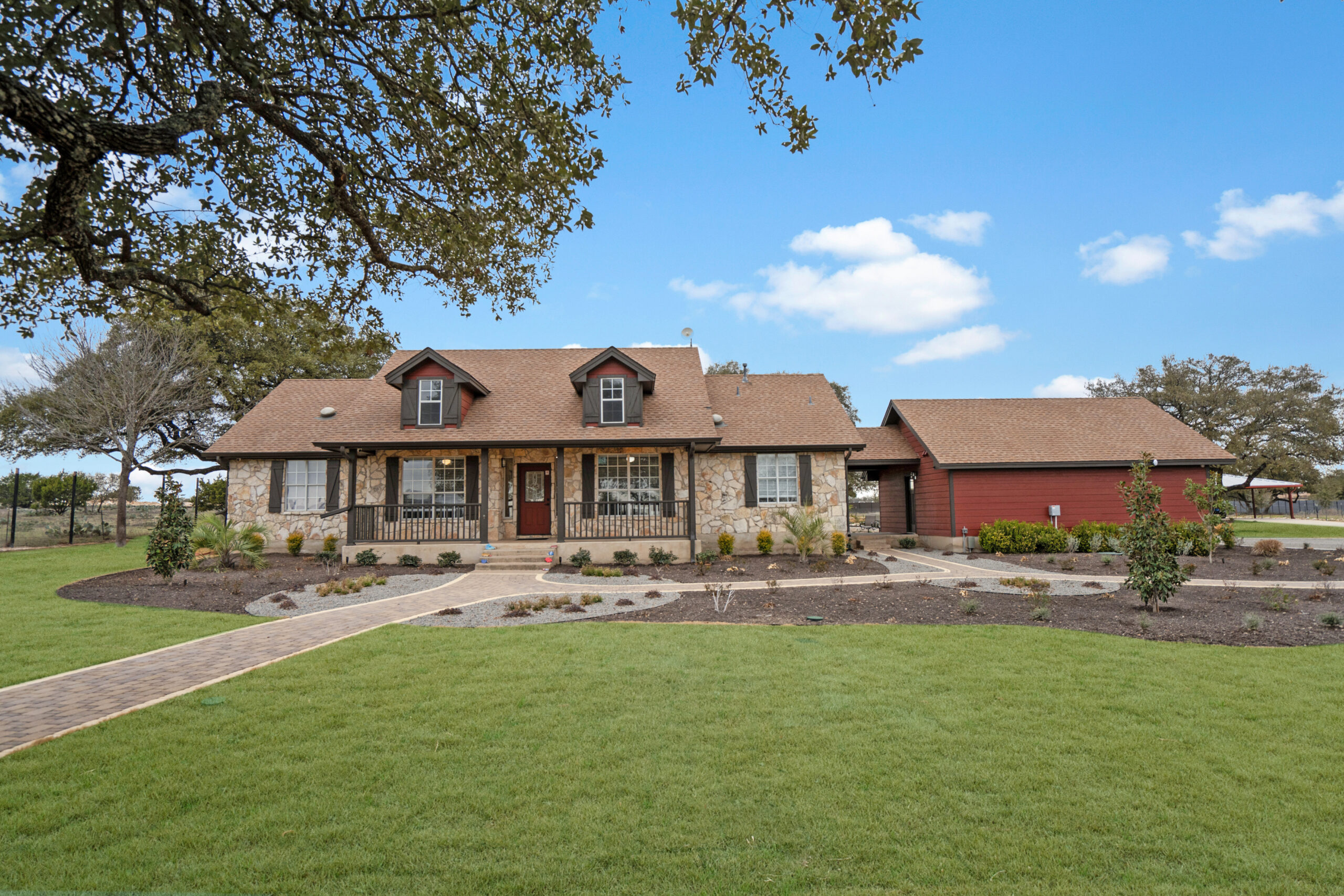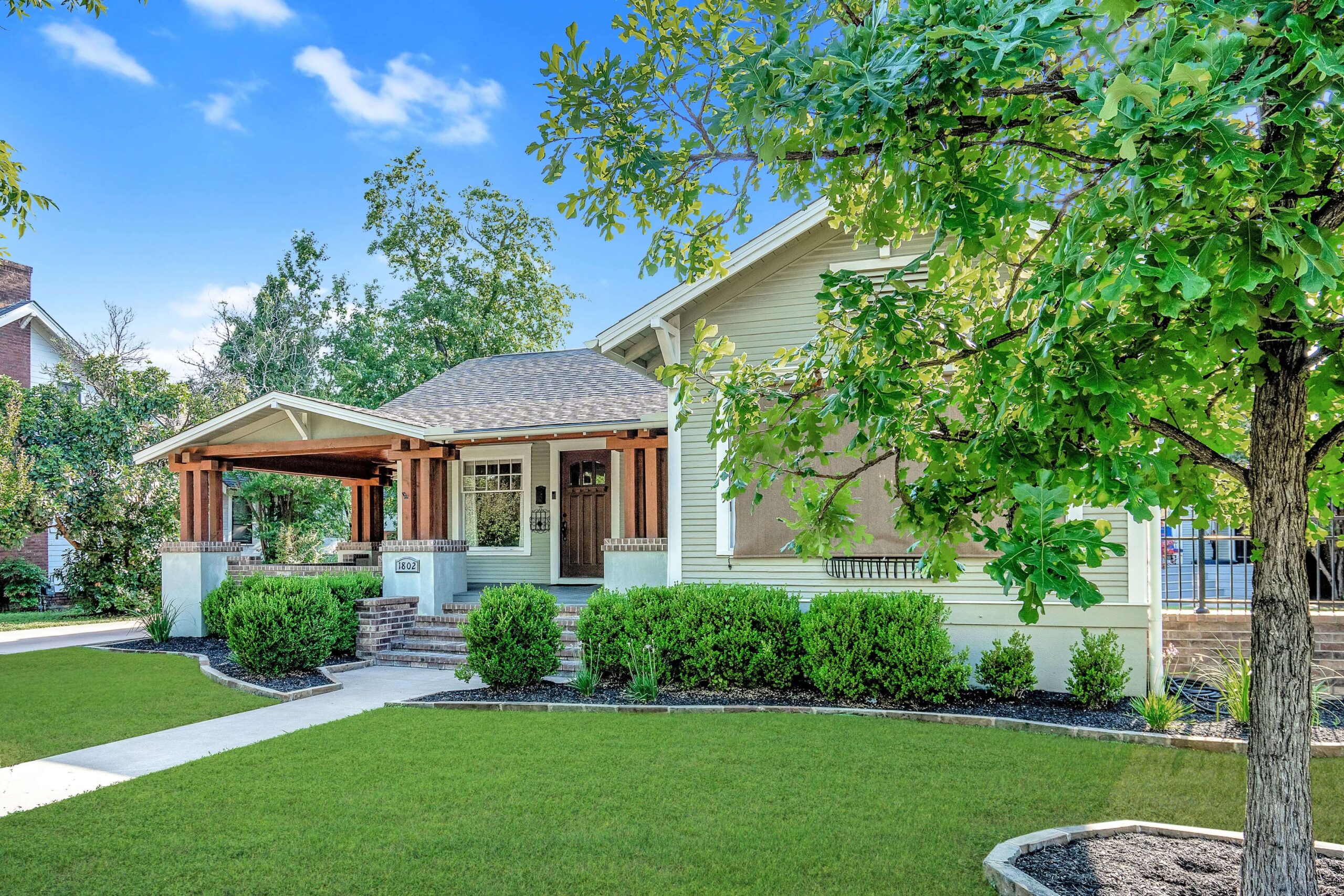Choosing a Clinic for BPD Treatment
For women living with borderline personality disorder, finding the right treatment facility is crucial. A BPD treatment facility women cater to the distinct needs of women, blending structured programs with personalized care to foster recovery. At these facilities, various therapeutic modalities such as Dialectical Behavior Therapy (DBT), Cognitive Behavior Therapy (CBT), and other specialized treatments are offered to address the complex emotional and psychological challenges of BPD.
Therapies often involve individual sessions, group settings, and holistic approaches, emphasizing both emotional regulation skills and real-life application. Facilities provide a safe environment for patients to practice these strategies, paving the way for lasting change. Choosing a BPD treatment facility women involves considering factors like treatment philosophy, staff expertise, and the availability of support networks.
Unique Approaches in Women’s BPD Facilities
Some BPD treatment facility women specialize in integrating innovative therapeutic approaches tailored to women. This includes trauma-informed care, which acknowledges the impact of past traumas on current mental health. Facilities often harness the power of mindfulness practices alongside traditional therapies, helping women connect with their inner resilience.
Additionally, these facilities may emphasize community building through peer support groups, where women share experiences and coping strategies. Through this communal support, individuals often find renewed hope and motivation. The environment itself often plays a pivotal role, with serene settings designed to instill calm and facilitate healing.
Experiential therapies such as art, music, or equine therapy are sometimes included, providing creative outlets for expression. By combining traditional and alternative therapies, facilities offer comprehensive care uniquely tailored to women’s needs.
How to Choose a BPD Treatment Facility for Women
When selecting a BPD treatment facility women, it is vital to consider several factors to ensure the best fit. First, determine if the facility is licensed as a mental health center and inquire about their treatment philosophy. Facilities should offer a blend of therapy modalities and clearly outline their approach, whether it’s DBT, CBT, or other methods.
Staff qualifications are another key consideration. Verify the level of training and experience the staff possess in treating BPD. Inquire about the client-to-staff ratio to ensure personalized attention. Moreover, facilities that involve families in the therapeutic process can enhance treatment efficacy.
Financial considerations are significant, so understanding the cost, insurance options, and payment plans is crucial. Facilities often have financial counselors to help navigate these options. Lastly, consider the facility’s aftercare support, ensuring that you or your loved one will have continued guidance post-treatment for sustained recovery.
What Qualifies as a BPD Treatment Facility Women Emergency?
A BPD treatment facility women emergency often involves situations where immediate intervention is required due to severe emotional distress or safety concerns. For instance, sudden suicidal ideations, self-harm behaviors, or a significant deterioration in mental health may constitute an emergency.
When these issues arise, it is crucial that the facility has a clear protocol for managing emergencies. This can include access to on-site crisis management teams, 24/7 support staff, and the availability of psychiatric consultations. Ensuring these resources are in place can provide peace of mind and safety for residents.
- Access to emergency medical care
- 24-hour crisis intervention services
- Direct communication with emergency contacts
- Highly trained staff for crisis management
Such provisions are essential in preventing escalations and ensuring a supportive, safe environment for recovery.
Steps to Finding the Right BPD Treatment Facility
Finding the right BPD treatment facility women requires diligent research and consideration. Here are steps to guide you:
- Identify Needs: Determine specific needs based on symptoms and preferences.
- Research Facilities: Look for licensed facilities with a proven track record.
- Review Treatment Options: Check for comprehensive therapy programs and support systems.
- Evaluate Staff Credentials: Assess staff qualifications and client-to-staff ratios.
- Consider Financial Implications: Understand costs and explore insurance coverage.
- Visit Facilities: Schedule visits to see the environment and ask questions.
These steps can increase the likelihood of selecting a facility that aligns with the individual’s therapeutic needs and promotes lasting recovery.
Professional Perspectives on BPD Treatment Facilities
Having over 20 years of experience at Alta Loma, I’ve witnessed firsthand the transformative power of specialized care in a BPD treatment facility women. Our approach at Alta Loma centers on holistic care, addressing both the symptoms and the underlying causes of mental health disorders. This perspective allows us to create a supportive community where individuals can safely explore their challenges and learn coping strategies.
Facilities like Alta Loma emphasize the integration of therapies with lifestyle changes, supporting women to achieve emotional and psychological stability. As a professional in this space, I advocate for treatment that reflects the diversity of patient experiences, fostering environments where women can rediscover their strengths.
Furthermore, the importance of ongoing support and community integration cannot be overstated. A facility that effectively prepares individuals for the transition back into daily life can significantly impact the sustainability of recovery. By personalizing treatment and involving families, facilities can increase their effectiveness and help women navigate their unique paths to wellness.
